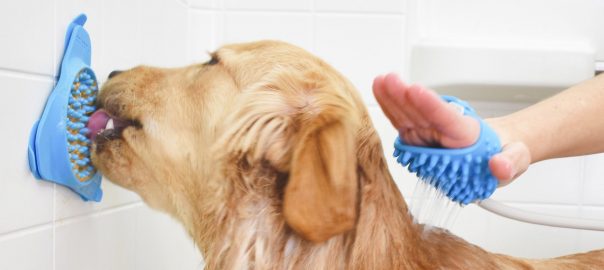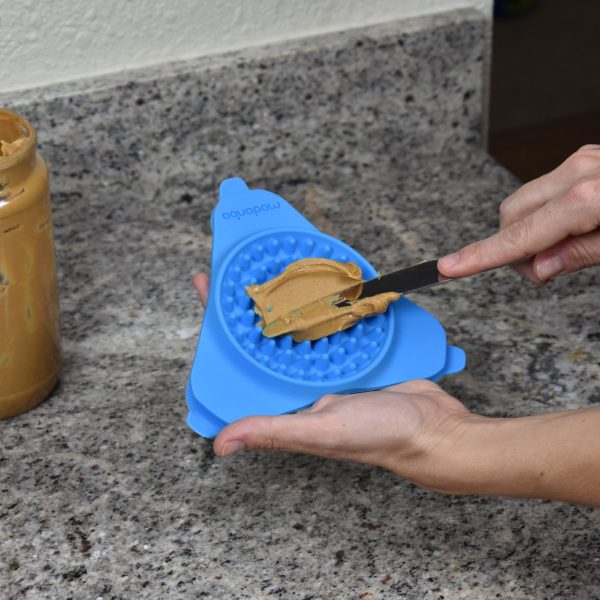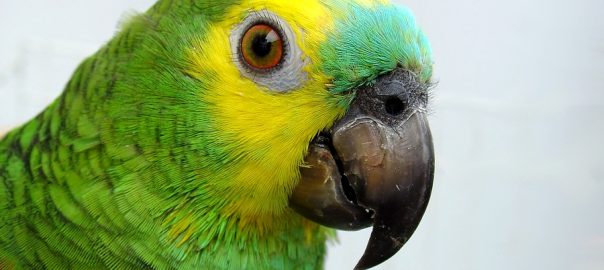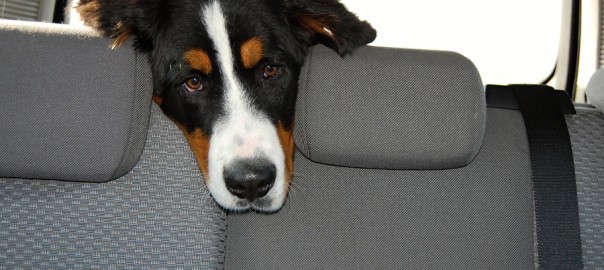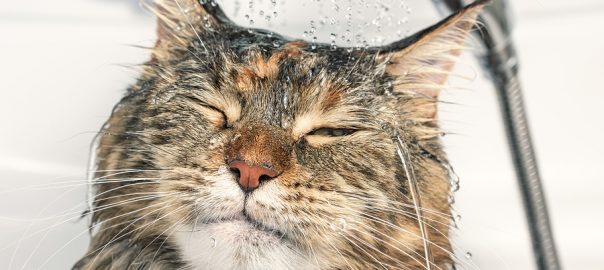There’s a myth that cats don’t benefit from regular bathing, and that they will inevitably hate the experience. Neither of those things are true, as I explained to a reader who wanted to know if it’s okay to bathe her cat weekly.
Q: My cat is good about grooming herself, but she spends so much time on my furniture, especially my bed, that I’d like to bathe her weekly. Is that a good idea?
A: I know this will be surprising to many people, but it makes sense to bathe a cat regularly, even one who spends all her time indoors. There are several good reasons for doing so.
The first is that it benefits people who are allergic to cats. As you know, cats bathe themselves with their tongues, and saliva carries allergens. Regular bathing helps to remove not only the remnants of saliva from fur but also dander — dead skin flakes that also carry allergens. That makes the presence of cats more tolerable to humans with allergies.
Senior cats may need baths to help them stay clean. Often, they have put on some pounds over the years or developed arthritis, both of which can make it difficult for them to groom themselves thoroughly.
Cats who go outdoors may get into sticky stuff, such as chewing gum, tree sap or tar. A bath is also important if a cat has been exposed to a toxic substance. Often, a bath is the most effective way to remove harmful chemicals from the coat. Cats with skin conditions may require medicated baths.
Finally, as you noted, cats spend a lot of time on our furniture. If you don’t want it to become “fur”-niture, brushing and bathing regularly will remove dead hair so it doesn’t fall off the cat and onto your belongings.
I always recommend that people with new kittens accustom them to baths and other grooming from the beginning. If you get them used to it at an early age on a regular schedule, you’ll have a sweeter smelling cat and a cleaner home.
Read more, including all about the role of the pet adoption counselor, in Pet Connection, the weekly nationally syndicated pet feature I co-write with Kim Campbell Thornton and my daughter, trainer Mikkel Becker.
